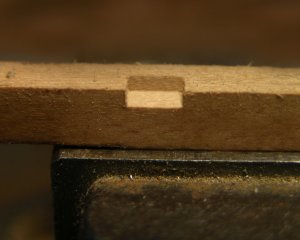- Joined
- Dec 1, 2016
- Messages
- 6,349
- Points
- 728

 |
As a way to introduce our brass coins to the community, we will raffle off a free coin during the month of August. Follow link ABOVE for instructions for entering. |
 |
 |
The beloved Ships in Scale Magazine is back and charting a new course for 2026! Discover new skills, new techniques, and new inspirations in every issue. NOTE THAT OUR FIRST ISSUE WILL BE JAN/FEB 2026 |
 |





























This is a big jump from your artesania kit you mentioned in the other topic in comparison to this question.....I would not recommend to start already with scratch building ..... I think this trade name wood is used mainly for carving, or?Didit,
If you dont mind, where do you buy your West Indian Boxwood? I would like to find a source in the UK for making my own timber. I don't have any workshop tools but a friend can mill it for me. I've always wanted this wood more than the usual fruit stuff.

I can't scratch build but would like it my friend to make me new planks I can glue onto my model to replace the kit wood.This is a big jump from your artesania kit you mentioned in the other topic in comparison to this question.....I would not recommend to start already with scratch building ..... I think this trade name wood is used mainly for carving, or?


